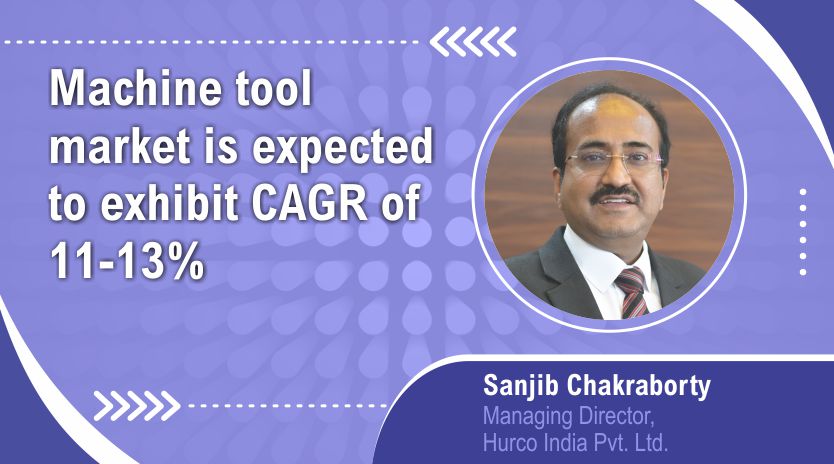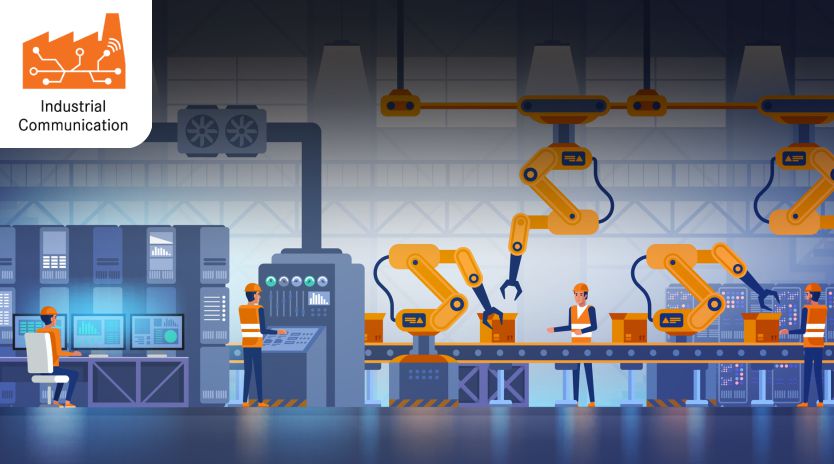AI based defence systems will be a modern tool in defence manufacturing
By OEM Update Editorial January 2, 2021 10:50 am IST
Gaurav Mehndiratta, Partner and Head, Aerospace and Defence, KPMG in India and Abhishek Verma, Partner, Infrastructure, Government and Healthcare (IGH), KPMG, India, talk about technology’s relevance in boosting Indian manufacturing’s capacity to develop AI based systems for defence manufacturing in an Megha Iyer of OEM Update.
How can defence manufacturing contribute to the country’s GDP which is expected to grow by 25 percent till 2025?
Gaurav Mehndiratta – The manufacturing sector currently provides 17 percent of the country’s GDP , in which the defence sector contributes less than 3 percent. Assuming that there is a proportionate increase in the defence manufacturing as part of the overall manufacturing sector, which is poised to grow from 17 percent to 25 percent, the same provides an opportunity of USD 7 billion in the defence manufacturing over the next 4 years.
To give impetus to the Manufacturing sector, the government has introduced a number of schemes and incentives to provide training towards development of a pool of skilled labour, this is an important factor that the defence sector can leverage. This is also important for the upcoming defence manufacturing hubs such as the defence corridors in Tamil Nadu and Uttar Pradesh, thereby allowing for collaborative spaces and cluster manufacturing hubs.
Further, the government’s impetus on higher indigenous requirements in the recently announced Defence Acquisition Policy, 2020, as well as priority to Indian companies for defence procurement is likely to augment local defence manufacturing.
With increased reliance on digitisation, which automated technologies have emerged enormously in driving manufacturing growth in defence?
Abhishek Verma: Indian defence manufacturing has historically been more labour intensive than capital intensive. But, with the onset of Industry 4.0 in other manufacturing sectors, there has been a marked change towards acceptance of a more inclusive digital manufacturing in the defence space as well.
The defence industry has started to focus on automation driven by Internet of Things (IoT) which allows them to be more agile and flexible in their manufacturing processes’ and at the same time allows them to go for high precision manufacturing of complex parts which require higher standards of quality and safety than general industry. We are seeing a number of enquiries coming out from Defence Public Sector Units (“DPSU”) for procurement of modern technologies like enterprise wide Resource Planning software which enables them to better understand their supply chain and track component movement from delivery to final assembly, robotics and comprehensive Industry 4.0 based solutions.
Do you see democratisation of automation as a reality in the near future especially in defence?
Gaurav Mehndiratta: Automation in the manufacturing world has various levels, while fixed automated devices like mechanised assembly, machining transfer lines and automated material handling can be seen with many Indian manufacturers. However, the next level of automation which is the programmable automation, comprising of industrial robots and a homogenous software environment are still not prevelant with most of them. Primary reason of not being able to make this kind investment is, the associated high costs of these equipments, majority of which are are still imported even today. These costs are even more prohibitory for MSMEs (Micro, Small and Medium Enterprises) who find it difficult to access cheap funds for such an investment.
Although government has come out with various facilities for MSMEs like technology centers and comman facility centers which help in prototyping and testing, there is a need for a policy intervention to help defence manufacutures get access to funds at reasonable price for such investments.
Under the ‘Make in India’ initiative, can India becoming a ‘plus one’ destination by cutting down its dependency on imports in the defence space?
Abhishek Verma: In the last 2 years, India’s defence exports have risen by almost 700 percent and a significant part of it is coming from the private sector and the number is still not big. The global pandemic has put in a lot of pressure on the fiscal spending, forcing countries across the world to find ways to reduce their import bills. In India’s case while nothing much can be done for natural resources like oil, however the government has introduced a slew of reforms to encourage domestic manufacturing in general and specifically in defence sector, which has resulted in more and more foreign OEMs (Origanal Equipment Manufacturers) planning to establish full fledged presence in India, taking advantage of the skilled and cheap labour force of India.Further being in a state of conflict on the northern borders has forced India to look inwards and expand its defence industrial base so as to ensure a reliable supply chain to support two front sustained conflict in future.
We believe that above two factors will be key primary growth drivers in building a large domestic defence industry in India. To facilitate this, India is encouraging programs where foreign OEMs do a realistic transfer of technology along with make in India, so that we build an ecosystem of Indian defence manufacturers who can themselves design and develop complex platforms in future. The new FDI (Foreign Direct Invetsment) policy will allow global OEMs FDI upto 74 percent and thereby own and control subsidiaries in India, without worrying about issues such as IP (Intellectual Property).
Which technology can be the next big thing that can carve a different outlook for Indian defence manufacturing?
Gaurav Mehndiratta – Artificial Intelligence as a modern tool for battlefield is gaining acceptance very fast and has a wide range of applications in all platforms like aircrafts, armoured vehicles, UAVs (Unmanned Ariel Vehicles), space and surveillance related missions. It can act as a force multiplier and effectively cover gaps due to human limitations. AI (Artifiial Intelligence) coupled with Big Data is already being seen as a game changer in some of areas like in the MRO (Maintenance, Repair and Operations) service industry. It is helping in keeping a check on equipment usuage, ordering replacements and parts on a real time basis and allowing for keeping the inventory on a just in time basis.
India with its existing prowess in software systems has the right capability and capacity to develop an ecosystem for development of AI based systems for defence forces and in the long run could become a hub for exports as well.
What kind of latest technologies are being implemented in defence for enhanced services / manufacturing?
Abhishek Verma– Indian Defence manufacturing is predominately consolidated around either DPSUs or small components and sub-system manufacturers, both of which have not traditionaly invested into modern automated manufacturing. However, with new reforms in the defence sector, major Indian corporate houses, often in partnership with global players, have forayed into the sector and have brought in their expertise and new technologies like robotics and Industry 4.0 which they are also pushing on to their Tier I, II and III suppliers.
Some technologies that have seen acceptance over the years are:
Augmented and Virtual Reality; Defence Manufacturing is being seen as lucrative sector for technologies like AR and VR. Both these technologies are being used as effective tools in designing of large and complex systems and platforms as well as for planning pursposes in combat units. These technologies help manufacturers to identify issues and challenges in the design stage and save wastage of time and material. They are also being used to build low cost immersive trainers and develop skilled manpower to handle complex jobs.
Global OEMs are increasingly using Headsup Display glasses to improve the quality of human inspections and reduce the time taken for the same.
Big Data and Analytics; Today’s battlefields are getting more and more complex and advance military platforms are collecting and processing unprecendent volume of data. It is not humanly possible to process and make sense of this data and hence Big Data and advance analytics is gaining traction across. Data is not only being leveraged to design complex systems better but also being used for decision making right at the frontline.
Additive Manufacturing; 3D printing is allowing companies to reduce cost of development of equipment by manufacturing cheaper prototypes, which as on date is the biggest use of 3D printing in the defence manufacturing. 3D printing today is allowing the industry to consolidate bill of materials and simplify parts, enable distributed manufacturing and production, and reduce supply chain related costs.
Cookie Consent
We use cookies to personalize your experience. By continuing to visit this website you agree to our Terms & Conditions, Privacy Policy and Cookie Policy.


















